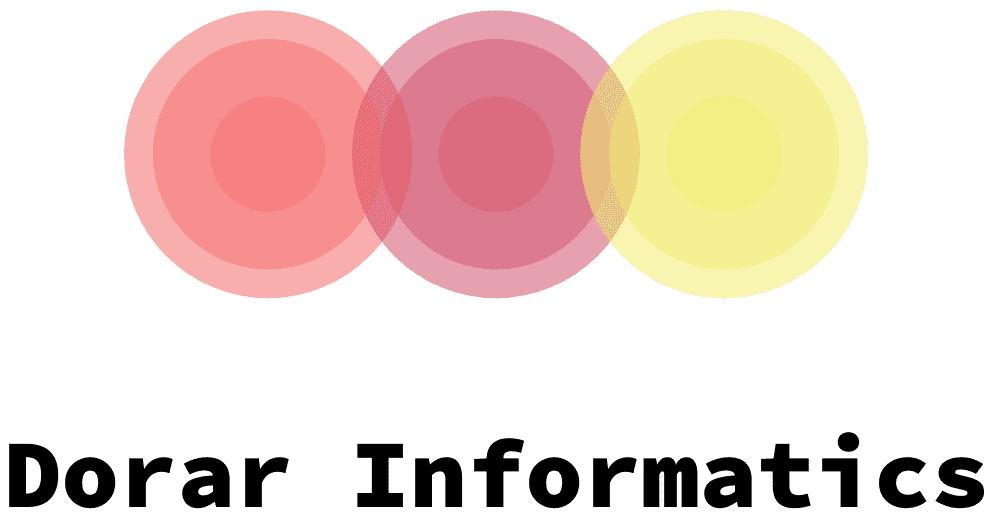When choosing health insurance, it is important to understand the types of plans available. Health insurance plans are grouped by the level of coverage they provide. Unless you qualify for a special exemption, all plans must cover certain essential health benefits. The differences between the plans come from the monthly premiums you pay and out-of-pocket costs you have to bear. For example, if you have a high deductible, you should look for a plan that includes this level of coverage.
ACA-compliant health insurance
There are many types of ACA-compliant health insurance plans available to consumers. They are affordable, accept pre-existing conditions, and include Essential Health Benefits. These plans also must cover at least 60% of the costs of health care. These plans can be either self-insured or purchased through an exchange.
If you don’t have health insurance through an exchange, you can opt for a grandfathered plan, which was already in place in many states prior to the ACA’s passage. These plans must meet certain regulations in order to be considered ACA-compliant, such as the ban on lifetime maximums and coverage of essential health benefits. However, they can continue to offer the same coverage that they did before the Affordable Care Act was passed, and most states will allow them to renew for as long as they don’t make major changes.
In addition to being ACA-compliant, these plans must have network providers. They must also have no lifetime or annual limit on coverage. In order to qualify for an ACA-compliant plan, you must have a plan that offers the 10 essential health benefits. These plans will not charge you more for balance billing than you would if you were paying for a plan separately.
Large group plans must also be ACA-compliant. However, their requirements vary. In most states, these plans must have 51 employees or more, while in others, they must have 100 or more employees.
Out-of-pocket maximums
Health insurance plans come with a wide range of out-of-pocket maximums. Plans with higher out-of-pocket maximums tend to charge higher premiums, while those with lower out-of-pocket maximums are cheaper. However, some people may be eligible for plans with lower out-of-pocket maximum rates. A health insurance policy‘s out-of-pocket maximum is the maximum amount that a policyholder can pay out-of-pocket for healthcare services in a year. The amount of out-of-pocket expenses is calculated by considering deductibles, co-payments, and coinsurance.
It is important to understand your out-of-pocket maximum before purchasing insurance. Your maximum out-of-pocket amount is equal to the sum of your deductible, co-payments, and coinsurance. Your health insurance company pays for everything beyond that amount. However, if you’re experiencing an emergency situation, you may have to pay out-of-pocket for some of the costs.
Once you’ve met your out-of-pocket maximum, you can expect to be reimbursed for covered medical care for the rest of the plan year. To help you get reimbursed, make sure you keep your receipts and try to get retroactive reimbursement if possible. As soon as you reach the out-of-pocket maximum, your insurance plan will pay a part of the care, usually a percentage (coinsurance) or a flat fee.
In practice, out-of-pocket maximums are a bit more complicated. While the idea is good, the reality is much different. Oftentimes, you need to pay your out-of-pocket maximum before you can continue receiving coverage. When this happens, it is imperative to make sure that you use only in-network healthcare providers so that your costs don’t count towards the out-of-pocket maximum.
Medicaid
Medicaid health insurance helps low-income people with the costs of healthcare. It provides benefits that are not covered by Medicare, including nursing home and personal care services. If you need help with these expenses, Medicaid might be the right option for you. In addition to these benefits, Medicaid can help you with a variety of other expenses as well.
Medicaid is a public program funded by the federal government and the states. States are required to pay a certain percentage of Medicaid costs, and the federal government matches this amount. The percentage of federal funding varies by state, but overall, poorer states receive a higher share of the cost of Medicaid. This funding structure allows states to respond to changing coverage needs and demographic shifts, as well as public health emergencies.
State Medicaid programs must meet federal standards. For example, they must provide a comprehensive set of health services for people under 21. They must also cover prescription drugs. In addition to these requirements, most states also provide an array of optional health services that can help Medicaid beneficiaries meet their specific health needs. The Center for Health Care Strategies offers a list of frequently asked questions and contact information for the state Medicaid programs.
Medicaid is a government health insurance program that provides affordable health coverage to the poorest citizens of the country. It has helped reduce the number of uninsured people in the US from 45 million to 29 million. However, most people who are eligible for Medicaid coverage don’t have the means to afford the coverage themselves. Most of these enrollees are low-income workers who do not have health insurance through their job or employer.
HMOs
Health maintenance organizations (HMOs) are a type of insurance plan that provides health care services for a prepaid fee. They are cheaper than other types of health insurance plans. However, patients who choose HMOs must first find a primary care provider. This physician is sometimes referred to as a “gatekeeper” and refers patients to health care providers within the HMO’s network.
A HMO is also limited in the types of health care providers it covers. It usually only covers physicians and hospitals within its network. If a person needs treatment outside the HMO’s network, they must pay the full cost of that treatment. Also, individuals may need to live in a particular area in order to qualify for HMO coverage.
The benefits of an HMO are many. They are often more affordable and hassle-free than traditional insurance plans. Those who are self-employed often find HMOs beneficial. However, they don’t come without drawbacks. Compared to Fee-for-Service plans, HMOs offer lower premiums and lower co-pays. This makes them a cheaper option for individuals who only need basic health care.
Another benefit to HMOs is that they take more responsibility for a patient’s care. HMO case managers oversee the treatment process and make sure that no provider overlaps with another.
Variations in health insurance plans
Health care costs vary significantly from state to state. Generally, the premiums for individual enrollment in ACA plans will be lowest. If premiums are too high, catastrophic coverage is an alternative. For those with low incomes, bronze plans may be the most affordable option. These plans cover basic health care costs, but may have high deductibles.
The number of people without health insurance varies by age group and employer-sponsored insurance. Medicaid and CHAMPUS are programs that complement private and employer-sponsored insurance. For adults and children, the share of Medicaid and CHAMPUS coverage varies across states. Despite the differences between individual insurance and employer-sponsored plans, many individuals lack adequate coverage.
Although Medicare spending has decreased slightly over the past decade, private health insurance premiums have risen dramatically. The overall growth in health care spending in the U.S. has been approximately 8 percent per year. Although data on Medicare spending is available, there are not enough data on private health plans to understand how geographic differences affect the costs of care.
States also differ in the types of insurance offered. While most states offer some form of health coverage, the extent of coverage and the amount of resources spent on health care are much different. This is partly due to differences in employer coverage and the level of resources allocated to health care programs. Those differences may explain differences in the uninsured rate.
Premium tax credit
The premium tax credit for health insurance is a tax break that can lower the cost of your health insurance. You can apply for this credit if you meet certain requirements. First, you must be a United States citizen or lawfully present in the United States. In addition, you cannot have other minimum essential health coverage, such as Medicare, Medicaid, or employer-sponsored coverage. Additionally, you cannot use the credit to purchase catastrophic marketplace plans.
Generally, the credit is based on the household income in the tax year in which the household paid the premiums for their health insurance. This amount is then calculated for the following year when households file income tax returns. If you qualify for a premium tax credit, the Treasury will send an advance payment to your health insurance company, which you’ll pay in the form of reduced premiums. However, you must pay back the advance payment if your actual income is higher than your estimated income.
You can claim the premium tax credit for health insurance during the current tax year or claim it as a refund at the end of the year. The amount you can claim depends on your household’s income and other information, including your insurance coverage. The credit is available to eligible individuals and families who enroll in health insurance through the health insurance marketplace.

